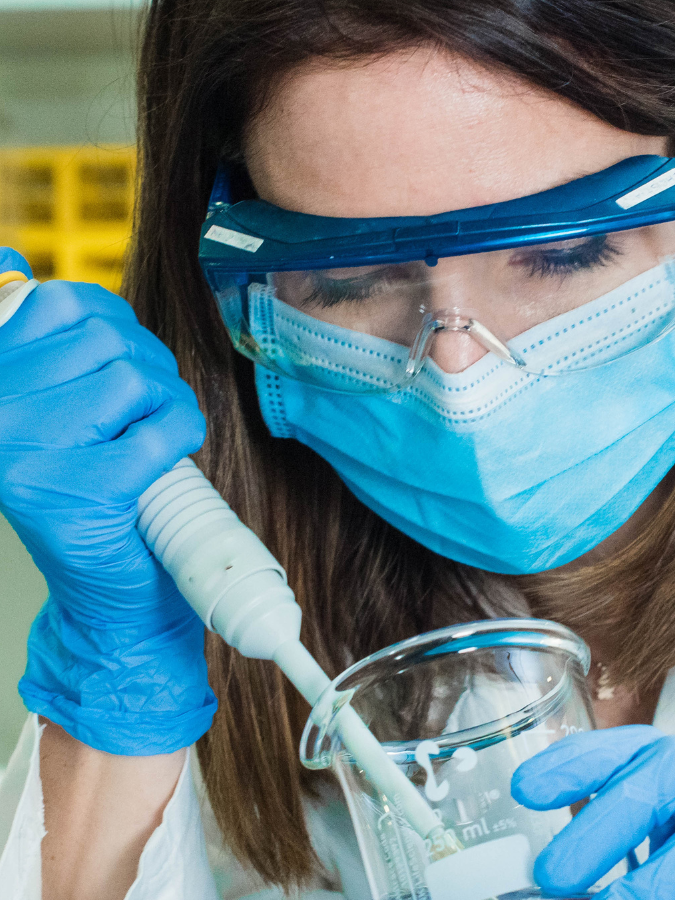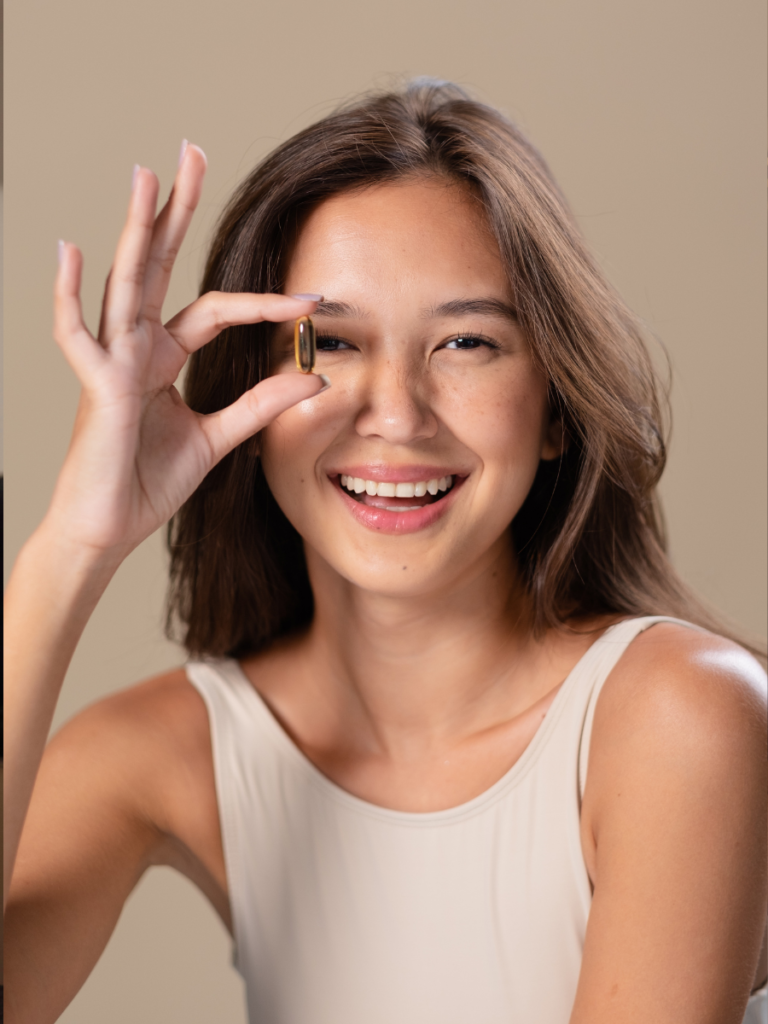Formulating with Purpose: The Role of Vitamin B1 in Smart Supplement Design
There’s a reason some supplement brands get talked about—and trusted—while others fade into the background. It’s not always about flashy trends or exotic ingredients. Sometimes, the smartest move is putting the essentials front and center. Vitamin B1 doesn’t usually get top billing. It doesn’t have the buzz of adaptogens or the glow-up promises of collagen. But it quietly powers the body’s ability to turn food into fuel. It keeps nerves firing, supports metabolism, and plays a behind-the-scenes role in how we feel every day. If you’re formulating supplements—or even beauty products—that are supposed to work, this is where the conversation should start. What Vitamin B1 actually does for the human body Vitamin B1, or thiamine, doesn’t grab headlines—but it’s doing critical work behind the scenes every single day. It’s one of the first nutrients your body turns to when it needs to convert food into energy. Carbs don’t mean much without it. Thiamine acts like a metabolic spark, helping unlock the fuel your body actually runs on. And when it’s not there—or when it’s underdosed—everything feels off. Fatigue creeps in. Focus drops. Muscles get sluggish. Skin can even start to look dull. But the bigger story is what happens when B1 is present in the right amount. It helps maintain steady nerve function, supports brain health, and regulates how your cells handle energy. In short: it keeps the engine running clean. That’s not just important for consumers—it’s a key angle for supplement brands that want to stand out without relying on overhyped ingredients. Thiamine might be basic on paper, but in the body, it’s foundational. Why supplement brands should care about B1 Formulators often chase novelty. It’s understandable. Something new creates buzz. But in that chase, core vitamins like B1 are too often treated like filler—just another checkbox on a label. That’s a mistake. Consumers are getting smarter. They’re flipping bottles around. They’re researching ingredients. And when they don’t see the basics handled with care, it raises questions. If a brand skimps on something as fundamental as B1, what else are they overlooking? Including the right dose of thiamine shows you’re not just trying to impress—you’re trying to deliver. It’s especially relevant for daily supplements, energy blends, and wellness formulas meant to support fatigue, brain fog, or mood. A stack without thiamine is like a recipe missing salt. Even the best ingredients can’t shine if the foundation isn’t solid. And that’s the thing: most of your competitors are either skipping it entirely or underdosing it. That opens a quiet lane for brands that actually do it right. Using B1 to strengthen product narratives It’s one thing to list thiamine on a label. It’s another to make it part of the story. Formulas that include B1 have a built-in opportunity: energy. Not the vague, overpromised kind. The real kind your body produces through cellular metabolism. That’s a story worth telling—especially to consumers navigating burnout, brain fog, or low motivation. When a brand connects B1 to that everyday struggle, it makes the product feel relevant. Not theoretical. Not trendy. Just practical and well thought out. There’s also the trust factor. Including thiamine signals that you understand formulation at a foundational level. You’re not skipping steps. You’re creating products that work from the inside out. It’s easy to forget that “energy support” is more than a buzzword. It has a biochemistry. Thiamine helps you prove it. Cosmetic crossover: should beauty brands consider Vitamin B1? Supplements aren’t the only space where B1 belongs. There’s growing interest in how thiamine could support skin from the outside as well. While it’s still early, some research points to antioxidant activity that helps neutralize oxidative stress—the same kind that dulls skin and accelerates aging. That alone should put B1 on the radar of any beauty brand looking to stand out with functional, skin-positive ingredients. It also plays a role in circulation and cellular energy, two things skin absolutely relies on for tone, texture, and radiance. For brands already exploring the nutricosmetic space—where wellness and skincare meet—B1 could be part of a smarter blend. Think revitalizing masks, calming creams, or daily serums aimed at tired, stressed-out skin. It’s not about riding the hype. It’s about offering real support for skin that’s under pressure from modern life. That’s where topical B1 could quietly shine. Sourcing, dosing, and labeling: what smart brands get right Getting B1 on the label is one thing. Getting it right is another. Start with sourcing. Thiamine hydrochloride is the most common form, but there are others like benfotiamine that offer different absorption profiles. Smart brands don’t just pick what’s cheapest—they choose based on how the product will be used and who it’s for. Daily supplement? Fast-acting energy boost? There’s a form that fits the function. Then there’s dosing. Many products toss in a token amount—just enough to say it’s there. But informed consumers notice that, especially when they’re shopping for performance or recovery. If the goal is to support real energy metabolism, the dose needs to reflect that. Labeling matters too. A clean, honest label builds confidence fast. People don’t just want to feel a difference. They want to know what’s in their body and why. When thiamine is listed clearly, at a dose that actually does something, it tells a story of care and intention. That’s the kind of detail people remember—and come back for. Why your formulation team should revisit the basics There’s a certain pressure in the supplement and beauty space to keep chasing the new. Exotic plant extracts. Buzzword ingredients. Claims that sound exciting in a headline. But when formulas start skipping the basics, credibility slips. B1 is one of those early vitamins that helped define modern nutrition. It doesn’t need rebranding. It needs rethinking. Not because it’s trendy—but because it still works. When brands circle back to essentials and build from a place of substance, the entire product improves. Fewer complaints. Better reviews. Higher repeat purchases. Consumers may not always know the science, but they can feel the difference in





